World Meteorological Organization
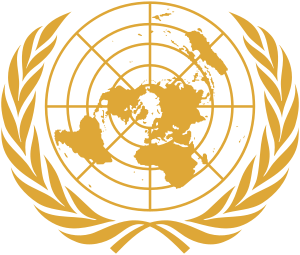 | |
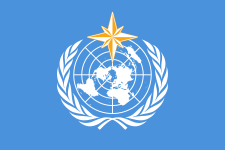 WMO flag | |
| Abbreviation |
WMO OMM |
|---|---|
| Formation | 23 March 1950 |
| Type | UN agency |
| Legal status | Active |
| Headquarters | Geneva, Switzerland |
Head |
Petteri Taalas (Secretary-General) David Grimes (President) |
| Website |
public |
The World Meteorological Organization (WMO) is an intergovernmental organization with a membership of 191 Member States and Territories. Its current Secretary-General is Petteri Taalas[1] and the President of the World Meteorological Congress, its supreme body, is David Grimes.[2] The Organization is headquartered in Geneva, Switzerland.
It followed on from the International Meteorological Organization, founded in 1873,[3] a non-governmental organization. Reforms of status and structure were proposed from the 1930s, culminating in the World Meteorological Convention signed on 11 October 1947 which came into force on 23 March 1950. It formally became the World Meteorological Organization on 17 March 1951, and was designated as a specialized agency of the United Nations.[4]
The organization
WMO has a membership of 191 Member States and Territories as of February 2014. The Convention of the World Meteorological Organization was signed 11 October 1947 and established upon ratification on 23 March 1950.
The WMO hierarchy:
- The World Meteorological Congress, the supreme body of the Organization, determines policy. Each member state and territory is represented by a Permanent Representative with WMO when Congress meets every four years. Congress elects the President and Vice-Presidents of the Organization and members of the Executive Council; and appoints the Secretary-General.
- The Executive Council (EC) implements Congress decisions.
- The Secretariat is an eight-department organization with a staff of 200 headed by a Secretary-General, who can serve a maximum of two four-year terms.[5]
The annually published WMO Statements on the status of the World Climate provides details of global, regional and national temperatures and extreme weather events. It also provides information on long-term climate change indicators include atmospheric concentrations of greenhouse gases, sea level rise, and sea ice extent. The year 2016 was the hottest year on record, with many weather and climate extremes, according to the most recent WMO report.[6]
WMO Strategic Plan
- Disaster risk reduction
- The Global Framework for Climate Services (GFCS)
- The WMO Integrated Global Observing System (WIGOS)
- Aviation meteorological services
- Polar and high mountain regions
- Capacity development
- Governance
Meteorological codes
In keeping with its mandate to promote the standardization of meteorological observations, the WMO maintains numerous code forms for the representation and exchange of meteorological, oceanographical, and hydrological data. The traditional code forms, such as SYNOP, CLIMAT and TEMP, are character-based and their coding is position-based. Newer WMO code forms are designed for portability, extensibility and universality. These are BUFR, CREX, and, for gridded geo-positioned data, GRIB.
Recognitions received
- The WMO and United Nations Environment Programme (UNEP) jointly created Intergovernmental Panel on Climate Change (IPCC) received the Nobel Peace Prize in 2007 "for their efforts to build up and disseminate greater knowledge about anthropogenic (man-made) climate change, and to lay the foundations for the measures that are needed to counteract such change."[7]
World Meteorological Day

- World Meteorological Day is held annually on 23 March.[8]
Main public outreach materials
- The World Meteorological Organization at a Glance
- WMO Public website
- WMO for Youth
- WMO Bulletin (twice annually)
- WMO Greenhouse Gas Bulletin (annually)
- WMO Statements on the Status of the World Climate (annually)
WMO awards and prizes
Membership
As of February 2014, WMO Members include a total of 185 Member States and 6 Member Territories.[14]
Ten United Nations member states are not members of WMO: Andorra, Equatorial Guinea, Grenada, Liechtenstein, Marshall Islands, Nauru, Palau, Saint Kitts and Nevis, Saint Vincent and the Grenadines and San Marino. Cook Islands and Niue are WMO Members but non-members of the United Nations. Vatican City and State of Palestine and the states with limited recognition are not members of either organization.
The six WMO Member Territories are the British Caribbean Territories (joint meteorological organisation and membership),[14] French Polynesia, Hong Kong, Macau, Curaçao and Sint Maarten (joint meteorological service and membership)[14] and New Caledonia. (List of all members with admission dates.)
Membership by regional associations
Region I (Africa)
Region I consists of the states of Africa and a few former colonial powers. Region I has 57 member states and no member territories:[15]


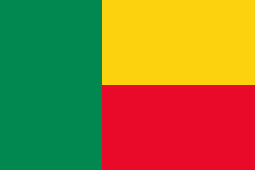


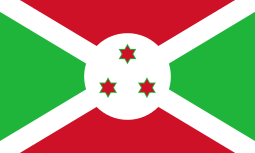

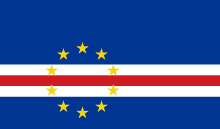








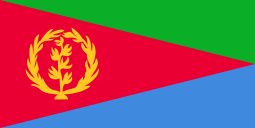


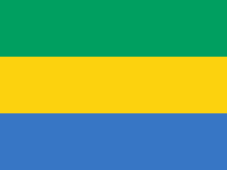
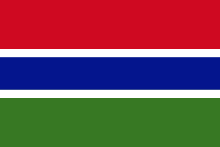

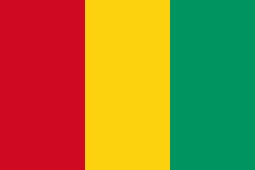


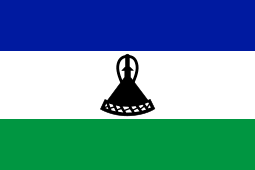



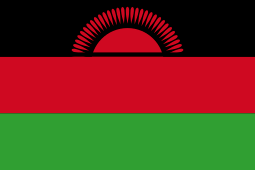

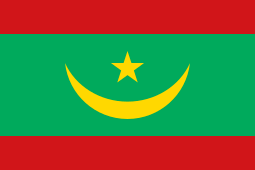
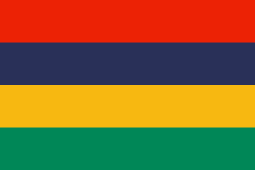






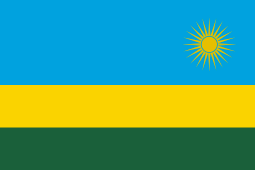


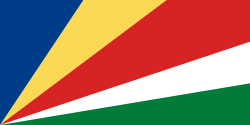



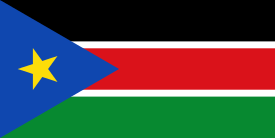


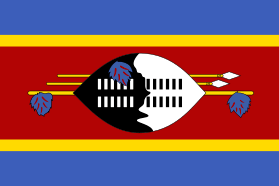






Non-member
Region II (Asia)
Region II has 33 member states and 2 member territories. The member states are:[16]



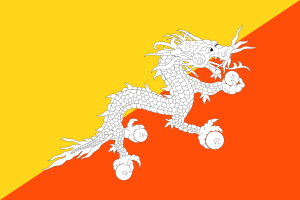









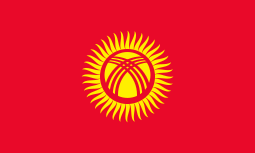

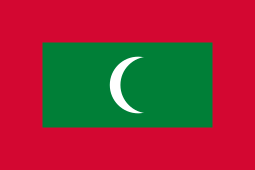












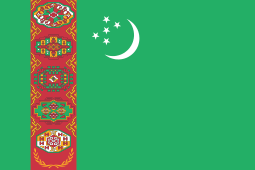




The member territories are:
Region III (South America)
Region III consists of the states of South America, including France as French Guiana is an overseas region of France. It has a total of 13 member states and no member territories:[17]
Region IV (North America, Central America and the Caribbean)
Region IV consists of the states of North America, Central America, and the Caribbean, including three European states with dependencies within the region. It has a total of 25 member states and 2 member territories. The member states are:[18]
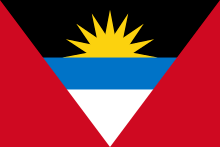
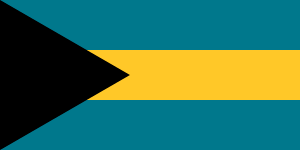
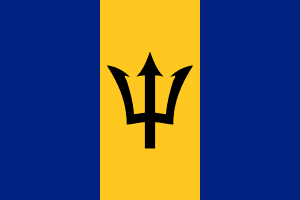
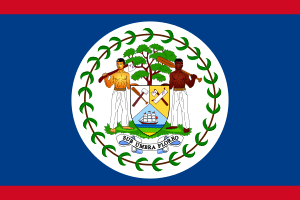




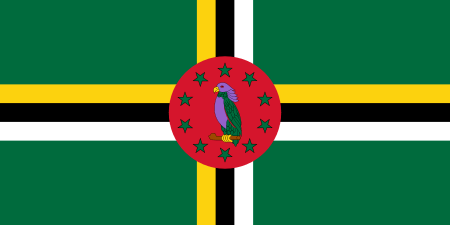






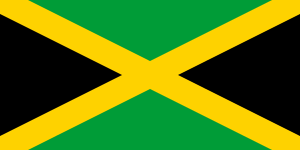




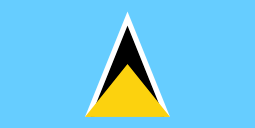




The two member territories are:
Non-members
Region V (South-West Pacific)
Region V consists of 21 member states and 2 member territories. The member states are:[19]


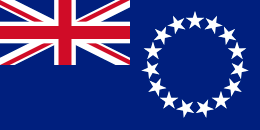
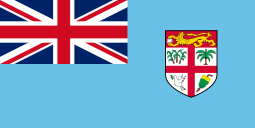

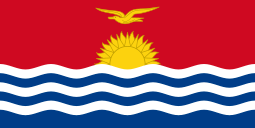

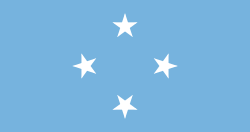




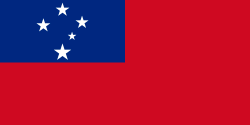

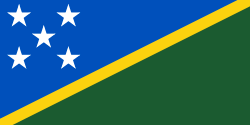
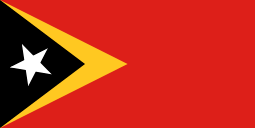
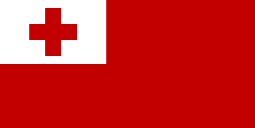
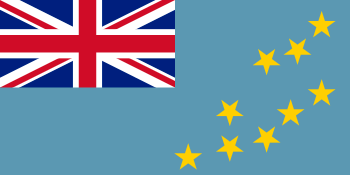



The ![]()
![]()
The member territories are:
Non-members
Region VI (Europe)
Region VI consists consist of all the states in Europe as well as some Western Asia. It has 50 member states:[20]





.svg.png)












































Non-members
States with membership in more than one region
A total of ten member states have membership in more than one region. Two nations are members to four different regions, while eight are members of two regions. These nations, with their regions, are as follows:










See also
Notes and references
- ↑ Taalas, Petteri (1916). "Secretary-General". WMO. World Meteorological Organization. Retrieved 23 March 2016.
- ↑ Grimes, David. "President". WMO. World Meteorological Organization. Retrieved 23 March 2016.
- ↑ "Who we are". World Meteorological Organization. 2 December 2015. Retrieved 14 October 2018.
- ↑ "History of WMO". World Meteorological Organization. 2 February 2016. Retrieved 14 October 2018.
- ↑ http://library.wmo.int/pmb_ged/wmo_1161_en.pdf WMO Strategic Plan Archived 10 June 2013 at the Wayback Machine.
- ↑ https://public.wmo.int/en/media/press-release/climate-breaks-multiple-records-2016-global-impacts
- ↑ "IPCC Nobel Peace Prize". Nobel Prize Committee. 12 October 2007. Archived from the original on 5 February 2010. Retrieved 20 February 2010.
- ↑ "World Meteorological Day". World Meteorological Organization. Retrieved 15 July 2013.
- ↑ "International Meteorological Organization (IMO) Prize". World Meteorological Organization. 2015-12-09. Retrieved 2017-04-04.
- ↑ "Professor Dr Vilho Väisälä Awards". World Meteorological Organization. 2015-12-09. Retrieved 2017-04-04.
- ↑ "Norbert Gerbier-Mumm International Award". World Meteorological Organization. 2015-12-09. Retrieved 2017-04-04.
- ↑ "WMO Research Award for Young Scientists". World Meteorological Organization. 2015-12-09. Retrieved 2017-04-04.
- ↑ "Professor Mariolopoulos Award". World Meteorological Organization. 2015-12-09. Retrieved 2017-04-04.
- 1 2 3 "WMO - Members". World Meteorological Organization. Retrieved 6 March 2017.
- ↑ "Members of Regional Association I (Africa)". World Meteorological Organization. Retrieved 6 March 2017.
- ↑ "Members of Regional Association II (Asia)". World Meteorological Organization. Retrieved 6 March 2017.
- ↑ "Members of Regional Association III (South America)". World Meteorological Organization. Retrieved 6 March 2017.
- ↑ "Members of Regional Association IV (North America, Central America and the Caribbean)". World Meteorological Organization. Retrieved 6 March 2017.
- ↑ "Members of Regional Association V (South-West Pacific)". World Meteorological Organization. Retrieved 6 March 2017.
- ↑ "Members of Regional Association IV (Europe)". World Meteorological Organization. Retrieved 6 March 2017.
- ↑ Referred to by the United Nations as "The Former Yugoslav Republic of Macedonia" due to the Macedonia naming dispute.
External links
| Wikisource has original text related to this article: |
- "Public website". WMO.
- Official website

- "International List of Selected, Supplementary and Auxiliary Ships". International Comprehensive Ocean-Atmosphere Data Set (ICOADS). 1999. Pub 47.
Including country codes
- "World Climate Conference-3 (WCC-3)". WMO. Aug 2009.
| Wikimedia Commons has media related to World Meteorological Organization. |